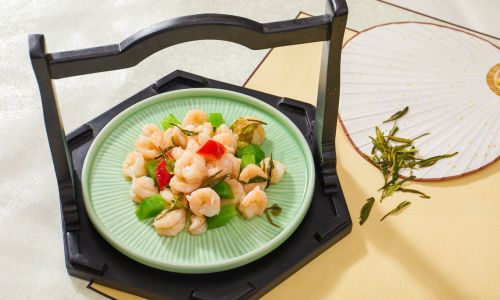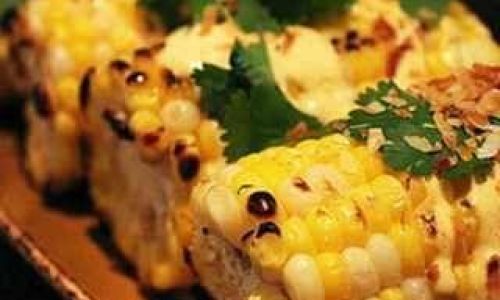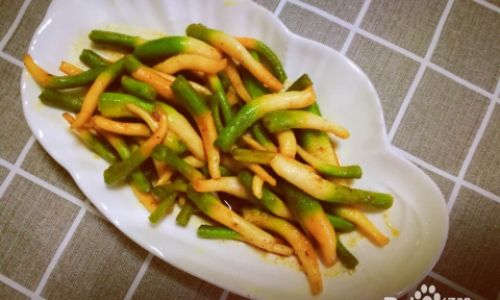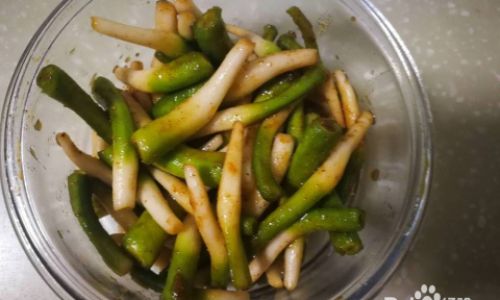Creating a fruit platter might seem like a straightforward task, but mastering the art of crafting one that is not only simple and elegant but also ultra-practical requires a blend of creativity, attention to detail, and a keen sense of aesthetics. Whether you’re hosting a casual gathering, a formal dinner party, or simply looking to elevate your daily fruit intake, learning how to make a fruit platter that stands out can be both rewarding and enjoyable. In this guide, we’ll delve into the essentials of fruit platter making, exploring techniques, design principles, and practical tips to help you craft beautiful, delicious, and functional fruit displays.
The Importance of Simplicity in Fruit Platter Design
Simplicity is key when it comes to fruit platter design. Overcomplicating your arrangement can quickly turn an elegant display into a chaotic mess. Start by selecting a limited palette of fruits that complement each other in color, texture, and flavor. Think about the seasons; fresh, seasonal fruits are not only more flavorful but also more sustainable. For instance, in the summer, consider using watermelon, strawberries, blueberries, and kiwis for a vibrant, refreshing platter.
Choosing the Right Container
The container you choose sets the stage for your fruit platter. It should be clean, neutral in color to allow the fruits to shine, and large enough to accommodate your fruit selection without overcrowding. Glass bowls, ceramic platters, and wooden trays are all excellent choices. Avoid containers with intricate patterns or bright colors that could distract from the fruits themselves.

Layering for Visual Impact
Layering your fruits strategically can add depth and visual interest to your platter. Start with a base layer of larger fruits, such as sliced apples, oranges, or melons. This provides a stable foundation and helps to fill out the space. Next, incorporate medium-sized fruits like grapes, berries, or pomegranate seeds, placing them in clusters or patterns around the base layer. Finally, add a topping layer of smaller, decorative elements such as mint leaves, edible flowers, or thin slices of citrus for a pop of color and a touch of sophistication.
Creating Balance and Symmetry
Balance is crucial in any visual composition, including fruit platters. Aim for a harmonious blend of elements by ensuring that no one part of the platter is overly dense or sparse. Symmetry can be a powerful tool; mirroring fruit arrangements on opposite sides of the platter can create a pleasing, orderly appearance. However, don’t shy away from asymmetry if it suits your aesthetic. Asymmetry can add a dynamic, organic feel to your arrangement, especially when working with irregularly shaped fruits.
Color Theory in Action
Color theory plays a vital role in creating visually appealing fruit platters. Use the color wheel as your guide to select fruits that contrast or complement each other. For instance, placing red strawberries against a backdrop of green grapes creates a striking contrast, while pairing blueberries with bananas offers a complementary color scheme. Remember to incorporate a range of hues to keep your platter interesting and inviting.
Texture and Variety
Texture adds another layer of complexity to your fruit platter. Combining smooth surfaces like apples with bumpy ones like kiwis, or crunchy elements like nuts with creamy fruits like avocados, can create a delightful sensory experience. Variety is also key; incorporating a mix of tropical, citrus, stone fruits, and berries ensures that there’s something for everyone’s taste buds.
Practical Tips for Serving
When crafting a fruit platter, practicality should not be overlooked. Consider the ease of serving and eating. Use a sharp knife for clean, precise cuts, and arrange fruits in a way that makes them easy to reach and grab. If possible, provide individual serving utensils to avoid cross-contamination and to maintain the integrity of your arrangement. Additionally, think about portion sizes; smaller, bite-sized pieces encourage guests to sample more variety without feeling overwhelmed.

Adding a Personal Touch
Personalization can elevate your fruit platter from good to great. Consider incorporating elements that reflect your theme, season, or personal style. For example, during the holidays, you might add a sprinkle of edible glitter or festive fruit shapes. For a tropical vibe, incorporate pineapple leaves or coconut flakes. Personal touches like handwritten signs with fruit names or a sprinkle of edible gold leaf can also add a touch of elegance and sophistication.
Maintaining Freshness
Lastly, ensuring your fruit platter stays fresh throughout the event is paramount. Prepare the platter as close to serving time as possible, and store any unused fruits in the refrigerator until needed. Use a damp paper towel or cloth to cover the platter lightly if it’s sitting out for an extended period, which will help retain moisture and prevent the fruits from drying out.
Conclusion
Crafting simple, elegant, and ultra-practical fruit platters is an art form that combines creativity with practicality. By following these guidelines—choosing seasonal fruits, selecting the right container, layering strategically, balancing colors and textures, considering practicality, adding personal touches, and maintaining freshness—you can create fruit platters that are not only visually stunning but also delightful to eat. Whether you’re a seasoned host or new to the world of fruit platter design, with a bit of practice and attention to detail, you’ll soon be crafting fruit displays that impress and delight your guests. Happy crafting!






0 comments